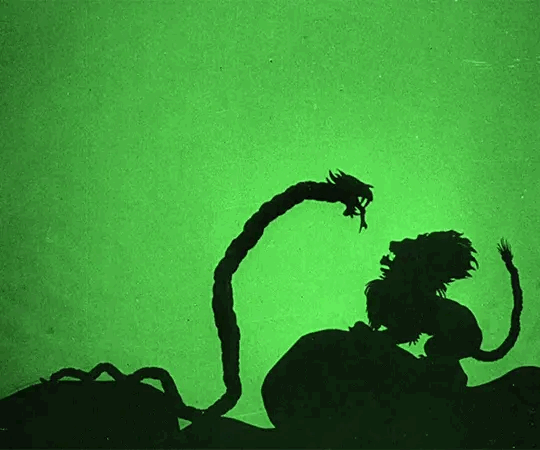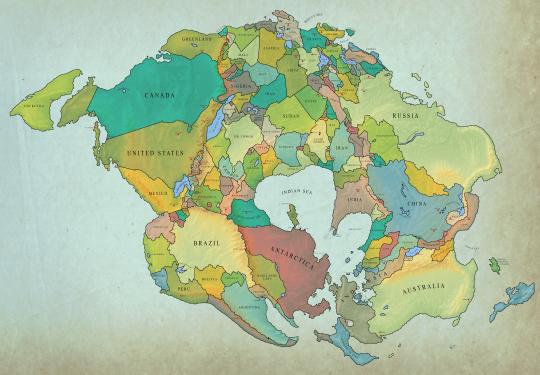Text




The Adventures of Prince Achmed (1926) dir. Lotte Reiniger
907 notes
·
View notes
Text




Fruit-Shaped Bus Stops (1990) Location: Nagasaki, Japan
18K notes
·
View notes
Text
@humaneflies first thing I noticed. I believe it is plain marinara sauce with Parmesan cheese but it could also be chicken Alfredo with the lighting causing slight tint of red.

19th DC Gay Pride Day Festival, Washington DC, June 5th, 1994, by Elvert Barnes Photography
16K notes
·
View notes
Text
16K notes
·
View notes
Text
My girlfriend is turning 32 soon…
I’ve told her not to get her hopes up. “After all,” I say, “we’re only going to celebrate it for half a minute” when she asked what in the world I was talking about, I pointed out “This is your thirty-second birthday”
31K notes
·
View notes
Photo

Map of the nations of the world in 250 million years from now
2K notes
·
View notes
Text
When did people start writing music down? Music was first written down in the 6th century BC, but the current system we use began in the 11th century.
There is no way of knowing when music itself started. It is very natural for us to sing and dance because they are merely extensions of talking and moving. It most probably was natural for early humans as well. The earliest human musical instruments found have been carbon dated between 42,000 and 43,000 years ago. They are flutes made from bird bones and the ivory from a mammoth. There is a Neanderthal flute that has been found and dated to 60,000 years ago. It is made from the thighbone of a bear. The holes are definitely not accidental and its purpose was probably music, although that obviously cannot be known for definite. This shows that Neanderthals had music as well. Both Neanderthals and homo sapiens probably used music in social occasions and maybe in religious occasions as well.
Musical instruments evolved over the millennia. Wind instruments and drums were the first because they are the simplest and they don’t have any moving parts. They are very easy to make. Rattles were easy to make as well. The first stringed instrument was the lyre, made in Mesopotamia and then in Ancient Egypt. Early music was for the purpose of religion and not just music for the sake of music. There was no concept that music could be written down, just as there was no concept that stories could be written down before writing was invented. All of this changed with the Ancient Greeks.
Music was everywhere in ancient Greece and it was a huge part of the culture. It was far more than just for dancing and for religion. It was used for the performing of poetry (early songs), in theaters, festivals, weddings, and many other occasions. However, the Greeks went one step further than just playing the instruments, they began music theory. The study of music began in roughly the 6th century BC and a document written by Aristoxenos in the 4th century BC is the first surviving example of music theory. Greeks were very interested in it. Pythagoras, the famous mathematician, was fascinated with music and he believed that it was a mathematical expression of the cosmic order. The music theory of the 4th century used a writing system that is the first attempt to write down music. However, they didn’t write it down in the way that we do. They used notes and phrases to explain how the songs should be sung and accompanied. There are 52 pieces of Greek music that survive in various states. Experts have tried to play these, but there is no consensus on what they should actually sound like.
The modern system of musical notation that we use today has its origins in the 11th century with the Gregorian Chants that were used in church. In the Roman Catholic church, the liturgy was often sung. A liturgy is a public worshipping ritual, where everybody repeats the same text. It was almost like the poems set to music that the Ancient Greeks used. These liturgies were reorganized by the 64th pope, Pope Gregory I in 720ish. He was canonized after he died and Gregorian chants are named after him. Gregorian chants were carried around the Catholic world and people made notes on them so they knew how they should be sung. These notes were called neumes, and they weren’t writing down the music, rather they were writing down how the chants should be sung. The neumes marked rising or sinking pitch and other things that would be needed when singing, such as a long note or a tremor. The problem was, it was not easy to sing the chants if you didn’t know what the music was, and it was very difficult to keep everyone singing the same tune.
A monk called Guido of Arrezo saw this problem and he came up with a novel solution. He drew four horizontal lines over the words in the chant. He decided on the key of the chant and he drew a red line that was on that note, C for example, then he drew the other symbols above or below that line to show whether the singer should go up in pitch or down in pitch. The genius of having four lines he could place the symbols on showed the singer just how much they should go up or down in pitch. The shape of the notes changed over time from the original squares to round notes. Some of the symbols disappeared and new ones appeared. The number of lines went from four to five, but Guido of Arrezo had invented music notation. With his system, any music could be written down for anyone to sing or play, whether they had heard it or not. And this is what I learned today.
Image Public Domain, https://commons.wikimedia.org/w/index.php?curid=425064
Sources
https://www.nms.si/en/collections/highlights/343-Neanderthal-flute
https://www.bbc.com/news/science-environment-18196349
https://www.classicfm.com/discover-music/how-music-notation-began/
https://livingpianos.com/when-was-music-first-written-down/
https://en.wikipedia.org/wiki/History_of_music
https://en.wikipedia.org/wiki/Musical_instrument
https://www.worldhistory.org/Greek_Music/
https://brianjump.net/2015/06/17/music-of-ancient-times/
https://www.wqxr.org/story/how-was-musical-notation-invented-brief-history/
https://courses.lumenlearning.com/suny-musicappreciationtheory/chapter/neume/
https://www.americamagazine.org/arts-culture/2018/03/07/brief-history-gregorian-chant
#music music

0 notes







